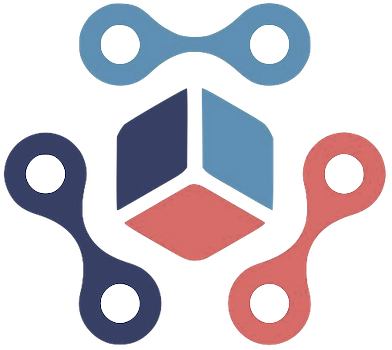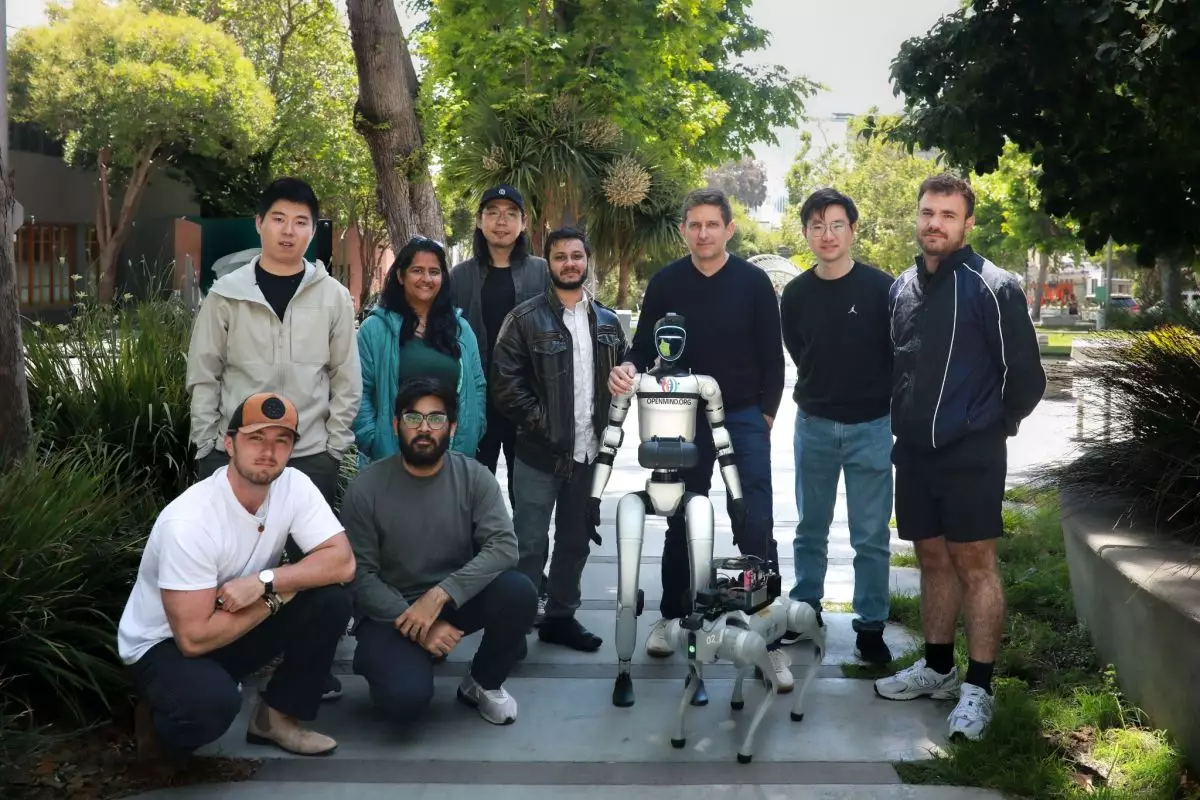In a landscape traditionally dominated by hardware innovation, OpenMind emerges as a visionary force, placing its emphasis squarely on the software that will define the future of robotics. Unlike myriad companies pouring resources into perfecting robotic limbs or movement capabilities, OpenMind recognizes that true progress hinges on how machines think, interact, and adapt. The company is pioneering OM1, an open, hardware-agnostic operating system designed specifically for humanoid robots, with ambitions of transforming the robotic landscape from mere tools to collaborative partners in everyday life. This strategic choice positions OpenMind not just as another robotics developer but as a revolutionary platform akin to Android in the mobile ecosystem—an open-source foundation fostering innovation and interoperability.
The CEO, Stanford professor Jan Liphardt, underscores that robots today excel at repetitive tasks but fall short when it comes to nuanced human interactions. His vision is about bridging this gap, enabling robots to perceive, reason, and respond with the fluidity of a human. By creating a flexible and open operating system, OpenMind aims to dismantle the siloed nature of current robotics platforms, empowering developers worldwide to build diverse applications that are compatible across different hardware. This approach acknowledges that the future of humanoid robots is collaborative, dynamic, and integrated into human society at a deeper level.
Interconnectivity and Context Sharing: The FABRIC Protocol’s Role
A significant step forward for OpenMind is its new protocol called FABRIC, which facilitates robust inter-robot communication. In essence, FABRIC enables robots to verify identities, share context, and exchange data seamlessly—much like humans do through social cues, language, and experiences. This development is key because it recognizes that individual robots cannot operate in isolation if they are to become truly intelligent and adaptable. Instead, they must become part of a collective intelligence, learning from one another with the speed and immediacy that machines uniquely possess.
Liphardt emphasizes that this capability mirrors human social infrastructure—trust, communication, and cooperation—that underpins our societies. Unlike humans, who rely on years of social interaction to build this infrastructure, robots can establish complex networks of shared data swiftly. For example, a multilingual robot in a household could access a shared knowledge base via FABRIC, greatly reducing the time and effort necessary for learning new languages. Such connectivity could revolutionize personal assistant robots, eldercare providers, or service bots, making them more intuitive and responsive than ever before.
Driving Innovation Through Real-World Deployment
OpenMind isn’t just theorizing about robotic futures; it is actively pushing boundaries by deploying tangible products in real-world settings. The company plans to deliver a fleet of ten OM1-powered robotic dogs by September, focusing on creating machines that are not static prototypes but adaptable, user-driven solutions. Liphardt’s philosophy is to release early versions and then iterate based on user feedback—an agile approach that underscores humility and openness to rapid improvement.
This mindset is crucial because the real test of robotic technology lies in its deployment within human environments. Feedback from users will illuminate unforeseen issues, preferences, and needs. OpenMind’s strategy prioritizes this real-world data, intending to refine their systems swiftly. Such iterative development illustrates a deep understanding that technology, especially in domains involving human interaction, must evolve through constant feedback loops. The company’s recent $20 million funding round, led by Pantera Capital and including notable investors such as Coinbase Ventures, signals confidence in this approach. It reflects a belief that the true value of OpenMind’s innovations will be recognized once these robots move beyond prototypes into households and workplaces.
Rethinking Humanity’s Relationship with Machines
OpenMind’s broader mission hints at a profound reevaluation of how humans coexist with intelligent machines. The company envisions a future where robots are not merely tools but active collaborators, sharing a socio-technical infrastructure akin to what humans have built over centuries. Trust, understanding, and shared knowledge are cornerstones of this vision, enabling robots to function as natural extensions of human life.
Liphardt’s analogy comparing machine connectivity to human social infrastructure is particularly compelling. Humans do not possess innate abilities to interact with everyone on Earth—our social systems, languages, and technologies facilitate this. Similarly, robots require sophisticated protocols and adaptable systems to build their own kind of infrastructure. OpenMind aims to lead this charge, demonstrating that the future of robotics depends less on how fast machines can move and more on how effectively they can think, connect, and learn in harmony with humans.
In embracing an open, interconnected ecosystem, OpenMind challenges the traditional notions of robotics as isolated, hardware-centric entities. Instead, it champions a vision of machines as intelligent, cooperative beings that expand human potential—an ambitious leap toward a future where the line between human and machine collaboration is indistinct, dynamic, and profoundly mutually enriching.

